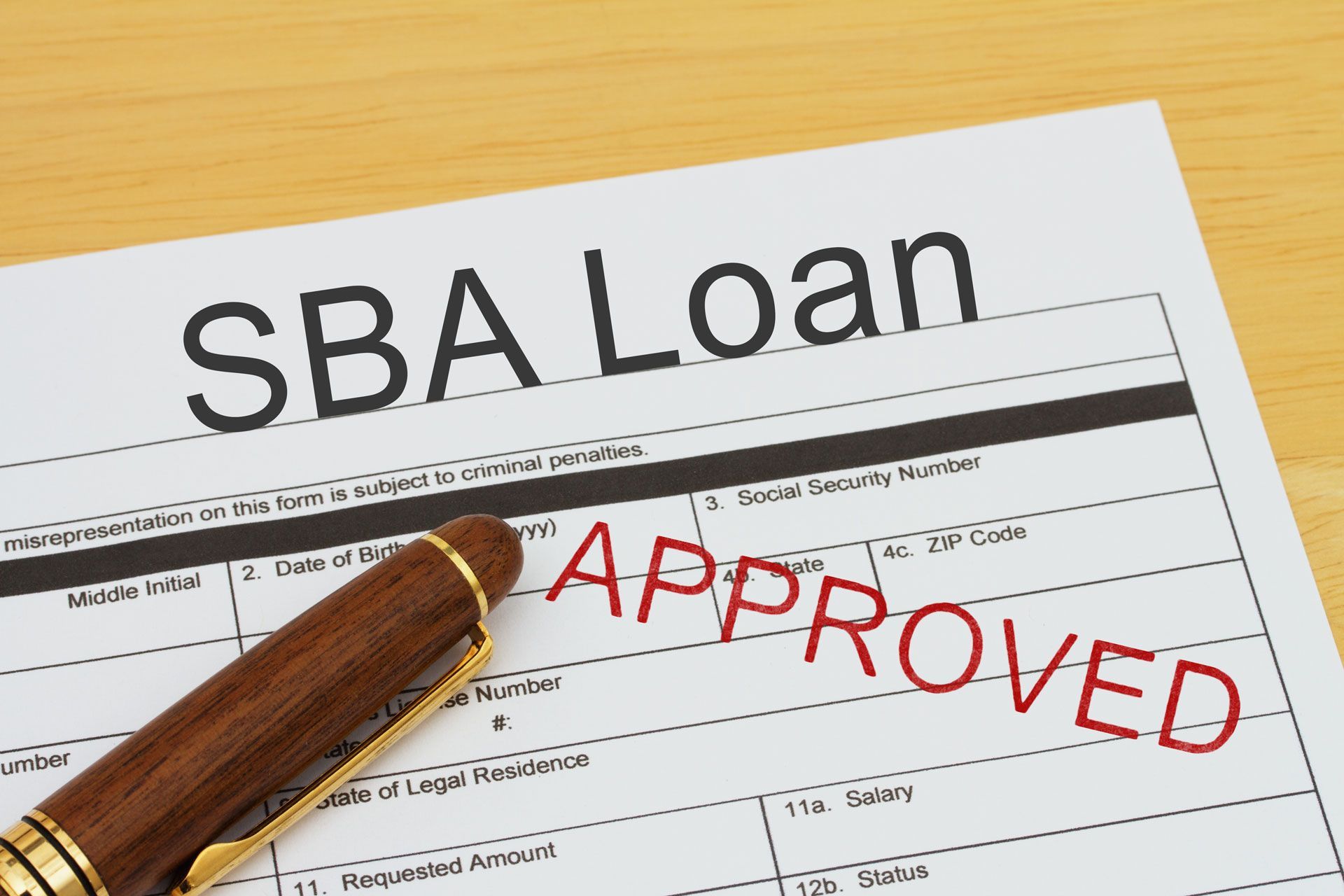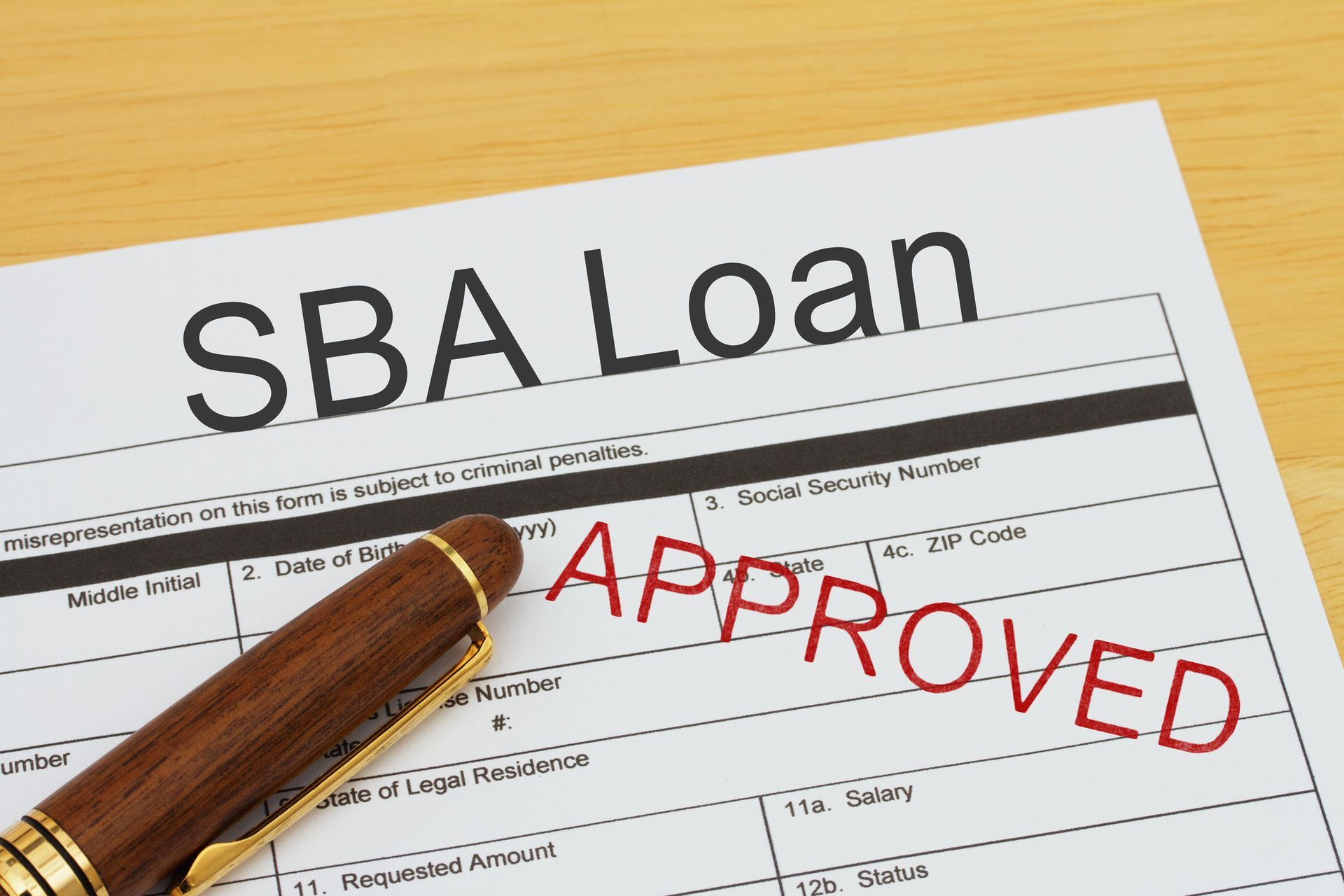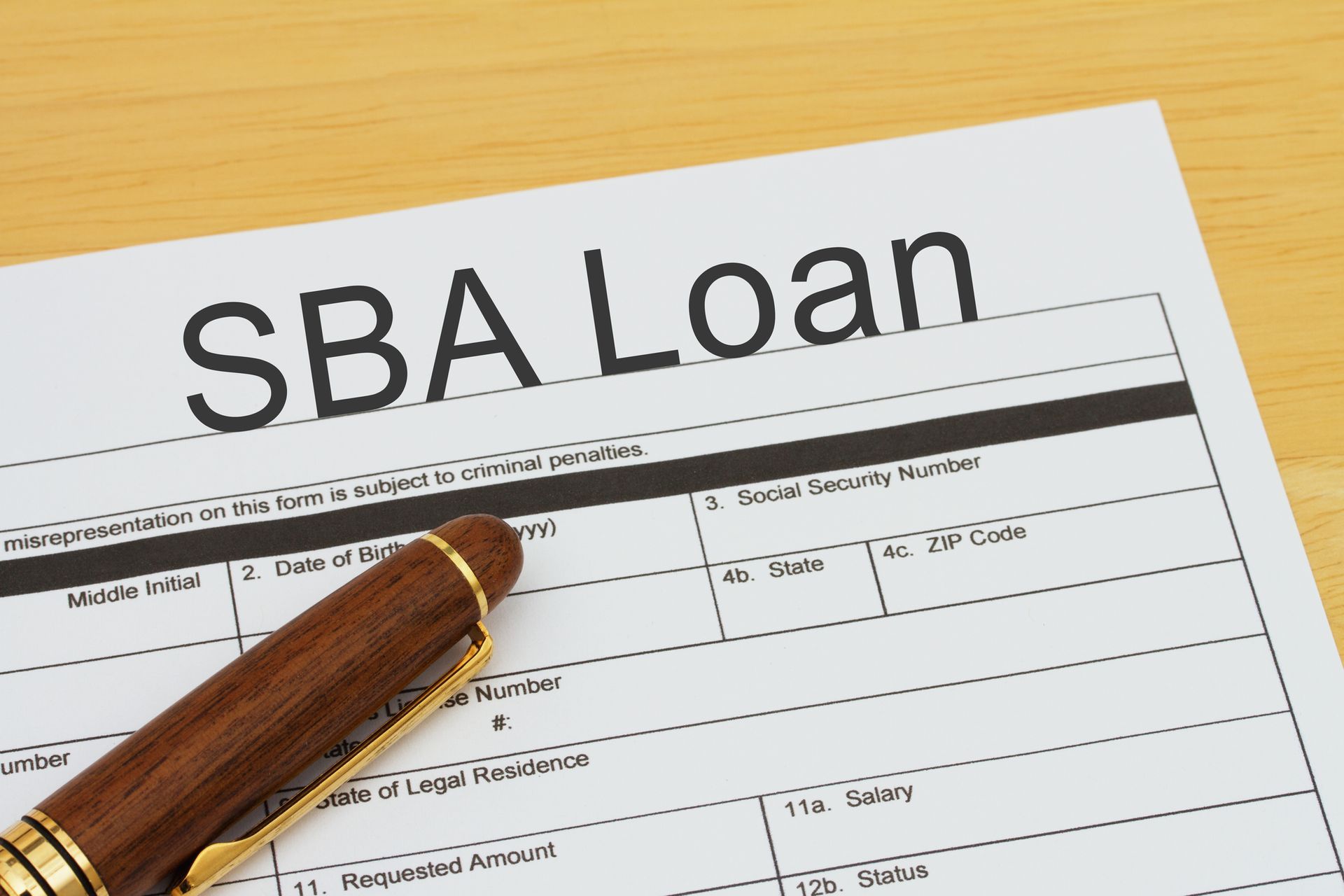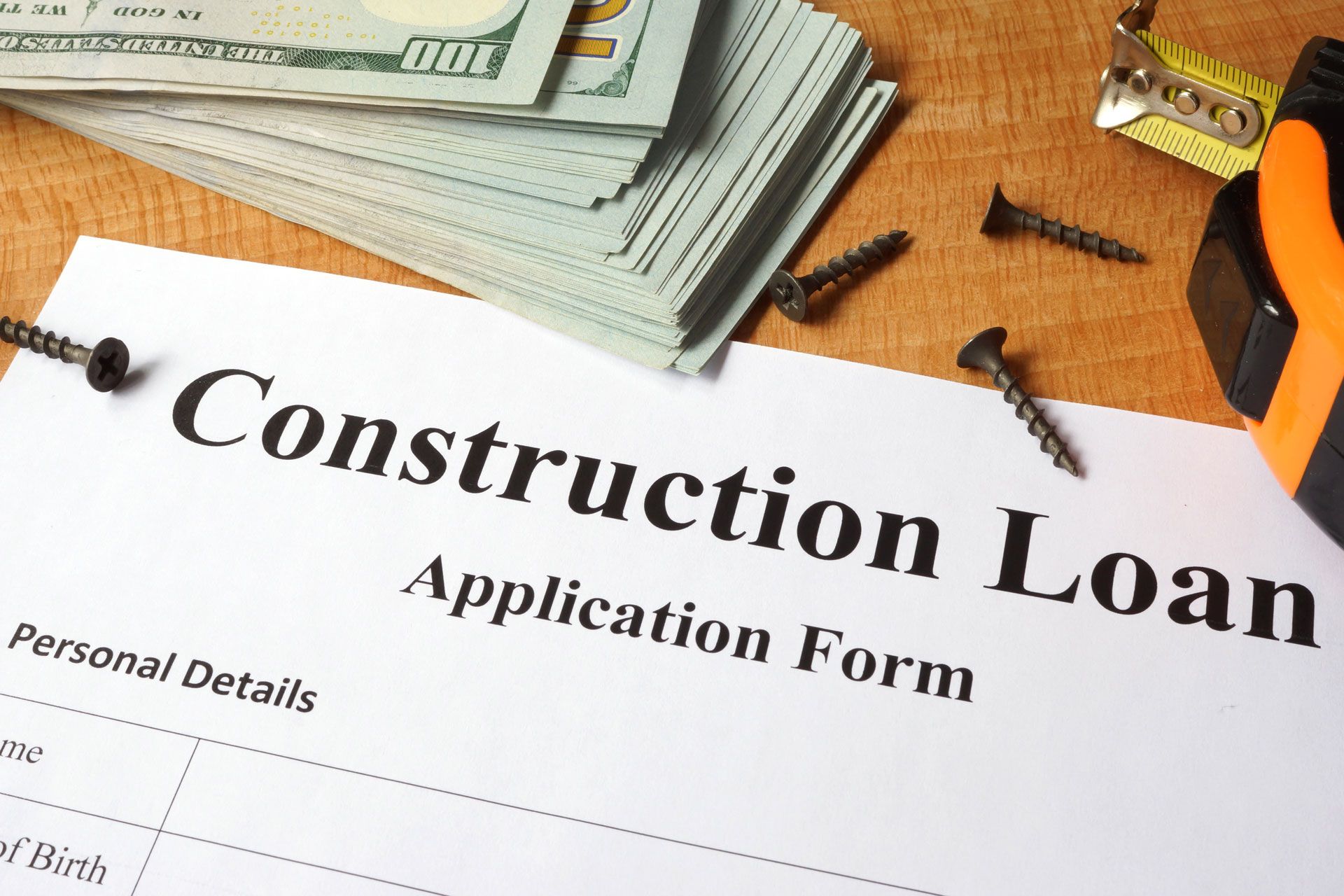How A Construction Loan Helps Finance Your Building Project
Building a new home or embarking on a major construction project presents an exciting opportunity to craft something uniquely yours from the ground up. However, financing such ventures often requires more than just a vision; it demands a robust financial strategy. This is where understanding the function and benefits of a construction loan becomes essential. For many individuals and businesses, this loan offers a tailored solution that supports the journey from blueprint to completion.
A commercial construction loan is not just a means to an end but a specialized financing tool designed to meet the unique demands of construction projects. Unlike traditional mortgages that provide a lump-sum payment for purchasing existing properties, these loans are disbursed in stages as construction milestones are reached. This approach aligns the flow of funds with the progress of building work, ensuring that financial resources are available exactly when needed, thus maintaining the project’s momentum.
At Whittmore Briley, we recognize the significance of each construction phase and the financial intricacies it involves. Our approach to construction financing is crafted to ensure that our clients have the necessary capital to move forward without delay, providing a seamless transition between each stage of their project. With years of expertise in financial solutions, including asset-based lending and bridge & hard money, Whittmore Briley stands ready to assist you in bringing your construction visions to life.
Why Opt for a Construction Loan?
Choosing the right type of financing is crucial for any construction project. A construction loan offers several advantages that are particularly aligned with the needs of a new build or significant renovation.
Firstly, the phased disbursement of funds helps to manage cash flow effectively, reducing the risk of overspending or underfunding at critical stages. Each draw from the loan proceeds is typically tied to the completion of a project phase, such as laying the foundation or completing the framing.
Moreover, these loans are structured to convert into traditional mortgages in many cases once the construction is complete. This feature provides a smooth financial transition from construction to homeownership, eliminating the need for multiple loan applications and closings. For many, the appeal of such a loan lies in its ability to morph into a more permanent financial arrangement, simplifying the latter stages of the financing process.
However, the benefits of a construction loan extend beyond logistical conveniences. They also offer a level of control and flexibility that is unmatched by other financing options. Borrowers can tailor their loan to suit the specific timelines and demands of their project, and in doing so, align their financial commitments with their actual construction needs. This bespoke financing approach is particularly beneficial in managing the unpredictable nature of construction work, where unexpected challenges can arise.
Financial Planning with a Construction Loan
Embarking on a construction project requires meticulous financial planning. The cost of materials, labor, permits, and unexpected contingencies must all be accounted for from the outset. Such a loan helps to structure this financial planning process, providing a clear framework for budgeting and expenditure.
Whittmore Briley helps its clients prepare for the financial demands of their projects by providing expert guidance on the construction loan process. From the initial application to the final disbursement, we ensure that our clients understand each step and what it means for their overall financial strategy. Our goal is to make the financing aspect as straightforward and stress-free as possible, allowing our clients to focus more on the creative aspects of their construction projects.
Moreover, the nature of such a loan—which is often tied to the equity of the project itself—encourages rigorous planning and assessment by all parties involved. Lenders will typically require detailed project plans, budgets, and timelines before approving funds. This level of scrutiny not only satisfies the lender’s need for security but also benefits the borrower by encouraging a thorough and realistic approach to project management.
Navigating the application process for this loan can be daunting, but understanding its structure and benefits is the first step toward leveraging this financial tool effectively. By aligning your project needs with the right financing, you lay a solid foundation not just for your construction but for the financial health and success of your overall project.
Maximizing the Benefits of Your Construction Loan
Navigating the financial aspects of building a project can be challenging, yet a well-managed loan can turn these challenges into opportunities for cost management and project efficiency. Here is how to maximize the benefits of your loan and ensure a smooth financial journey during the construction phase.
- Understanding Draw Schedules and Disbursements
One of the key features of a construction loan is its draw schedule, which refers to the planned disbursement of funds throughout various stages of the project. Understanding and managing the draw schedule is crucial because it dictates how funds are released based on completed work.
To effectively manage these disbursements, maintaining clear communication with your contractor and lender is essential. You need to ensure that work is progressing according to plan and within the agreed-upon budget before each draw is released.
The draw schedule not only helps in managing cash flow but also in maintaining a strict timeline for project milestones. For instance, the initial draw might cover the groundwork, which includes excavation and foundation laying. Subsequent draws will likely correspond to the completion of framing, roofing, installation of mechanical systems, and final finishes. By linking the financing to project milestones, you reduce the risk of project delays and budget overruns.
- Dealing with Changes and Cost Overruns
Construction projects are notorious for unexpected changes and cost overruns. Whether it is due to changes in project scope, unforeseen obstacles during construction, or fluctuations in material costs, these changes can impact your project’s financial health. A proactive approach involves setting aside a contingency fund within the construction loan to address these unforeseen expenses. Typically, a contingency of 5% to 10% of the total loan amount is recommended.
When changes occur, it is important to document everything meticulously. Additional funds required beyond the original estimate need to be approved by the lender. Detailed records of changes and their costs will aid in this process and ensure transparency with all parties involved, helping to secure additional funding more swiftly.
- Leveraging Construction Milestones for Better Loan Terms
Throughout the construction process, certain milestones can be leveraged to negotiate better terms on your construction loan or to facilitate the transition to a permanent mortgage. For instance, once the building is fully framed and weather-tight, the risk to the lender decreases significantly, as the project now has tangible value and is less exposed to risks like weather damage.
This reduction in risk can be a point of negotiation for a review of the loan’s interest rate or other terms. It is advantageous to discuss these possibilities upfront with your lender, so you are prepared to negotiate when the time comes. Successfully navigating these negotiations can lead to substantial savings and more favorable terms for the remainder of the project.
- Selecting the Right Construction Loan
Choosing the right type of loan is essential for aligning with your project's specific needs and financial situation. There are primarily two types of construction loans: construction-only loans and construction-to-permanent loans.
The construction-only loan provides financing just for the building phase and requires settling the full amount upon completion, usually through another financing method such as a mortgage. This type of loan is suitable for those who may have plans to pay off the construction rapidly or who anticipate a substantial increase in their financial resources shortly.
On the other hand, a construction-to-permanent loan simplifies the process by transitioning into a mortgage once construction is complete. This option is ideal for those looking for a seamless transition without the need for additional loans or refinancing. This type of loan also allows borrowers to lock in mortgage rates during the construction phase, potentially saving on interest costs if rates rise in the future.
- Communicating with Your Lender
Effective communication with your lender is pivotal throughout the duration of your construction project. From the initial application to the final disbursement, keeping your lender informed of any changes, delays, or milestones achieved helps maintain trust and can facilitate smoother transactions and negotiations. Regular updates can also assist the lender in understanding your project’s needs and adjusting terms or schedules if feasible.
Moreover, construction loans often involve more oversight from the lender compared to other types of financing. Lenders might send inspectors to check on the project’s progress before releasing subsequent funds. Being prepared for these inspections and ensuring that all aspects of the project comply with the plans submitted to the lender can prevent delays in funding.
- Planning for the Transition to a Mortgage
For those using a construction-to-permanent loan, planning for the transition to a mortgage starts early in the construction process. This involves understanding the conditions under which the loan converts, the type of mortgage you will transition into, and any additional requirements or inspections needed before conversion. Preparation for this transition includes ensuring that all work is completed to satisfaction, adhering to local building codes, and having all necessary occupancy permits in place.
By leveraging these strategic aspects of your loan, you can not only ensure that your project stays on track financially but also potentially improve the terms of your financing, benefiting your project overall.
Navigating the Final Stages: Completion and Beyond
As your construction project nears completion, the focus shifts from active construction to finalizing details and preparing for the financial wrap-up with your construction loan. This stage is crucial, as it involves thorough inspections, final disbursements, and the transition to permanent financing if applicable. Here is how to navigate these final steps effectively.
Conducting Final Inspections and Obtaining Approvals
The completion phase of any construction project involves a series of inspections to ensure everything is built according to plan, meets all local building codes, and adheres to the specifications laid out in your loan agreement. These inspections are typically conducted by local government officials and may also include final inspections by the lender’s representative. It is essential to have a checklist of all required inspections and approvals needed before the project can be considered complete. These might include electrical, plumbing, safety, and building code compliance checks.
Successfully passing these inspections is crucial for receiving the final disbursement of your loan funds. Ensure that you address any issues identified during inspections promptly. This not only accelerates the final disbursement process but also avoids potential legal issues that could arise from code violations.
Managing the Final Draw and Loan Closure
Once all inspections are completed and approvals are obtained, you can request the final draw of your construction loan. This last installment of funds typically covers the finishing touches and final payments to contractors. It is important to review your budget and draw schedule to ensure all expenses are accounted for and that you are within the financial limits set by your loan.
Closing out a construction loan also involves significant paperwork and financial review. Ensure all invoices and receipts are organized and that all contractor payments have been finalized. This documentation will be crucial for finalizing the loan closure and for your records.
If your loan transitions to a permanent loan, such as with a construction-to-permanent loan, this is also the time to confirm the terms of the mortgage, including interest rate, repayment schedule, and any other conditions. Understanding these details will help you manage your long-term financial commitments effectively.
Transitioning to Permanent Financing
For those with construction-to-permanent loans, the transition to a mortgage is an automatic process, but it still requires preparation and understanding. Ensure you communicate with your lender about the timing of this transition and any final steps required to activate the mortgage phase of your loan. This might include final credit checks, a last appraisal of the property, and confirmation of occupancy permits.
For projects financed through a construction-only loan, securing permanent financing is the next critical step. This may involve applying for a mortgage with your lender or exploring other financing options. Preparation for this application should begin well before the construction is completed to ensure a seamless financial transition. Gather all necessary documentation, such as proof of income, the construction contract, and a certificate of occupancy, to support your mortgage application.
Leveraging Your Investment
Upon completion of your construction project, it is also time to consider how to leverage your investment. Whether it is a residential building ready for occupancy or a commercial property set for business operations, the completion of construction marks the beginning of a new phase. If your project involves commercial property, strategies such as leasing out spaces, refinancing to release equity, or even selling the property could be considered to maximize your return on investment.
For residential projects, consider the long-term aspects, such as home maintenance, property tax implications, and the potential for refinancing in the future to take advantage of lower interest rates or improved financial conditions.
Continuous Relationship with Your Lender
Even after the construction loan is paid off or converted, maintaining a relationship with your lender can provide ongoing benefits. Your lender can offer valuable advice on managing your property’s finances, opportunities for future investments, and options for additional financial products that might benefit you based on your financial behavior and history with them.
By carefully managing the final stages of your construction loan, ensuring compliance with all regulations, and effectively transitioning to permanent financing, you can set the foundation for the financial health of your property. Remember, the completion of your construction project is not just an end but the beginning of new opportunities to grow and maximize your investment.








